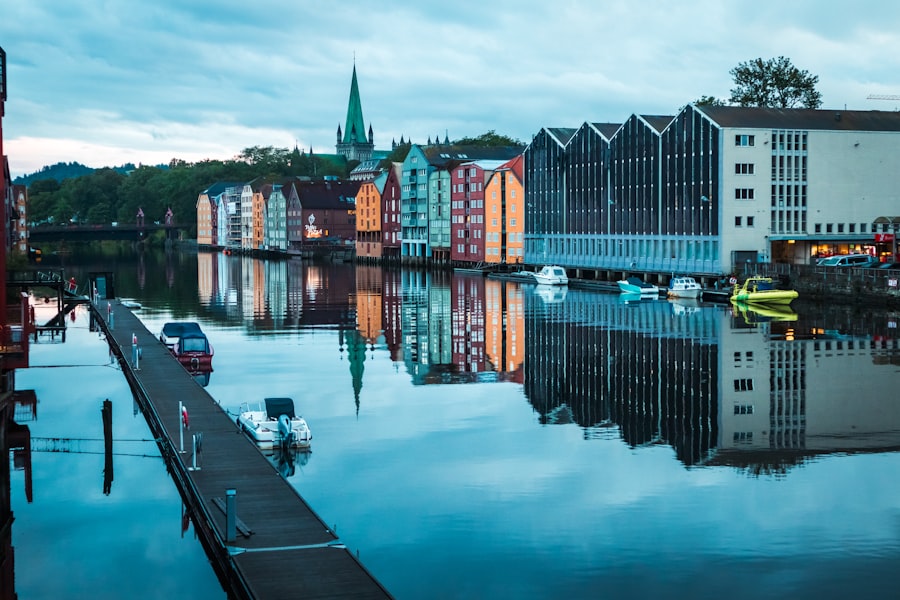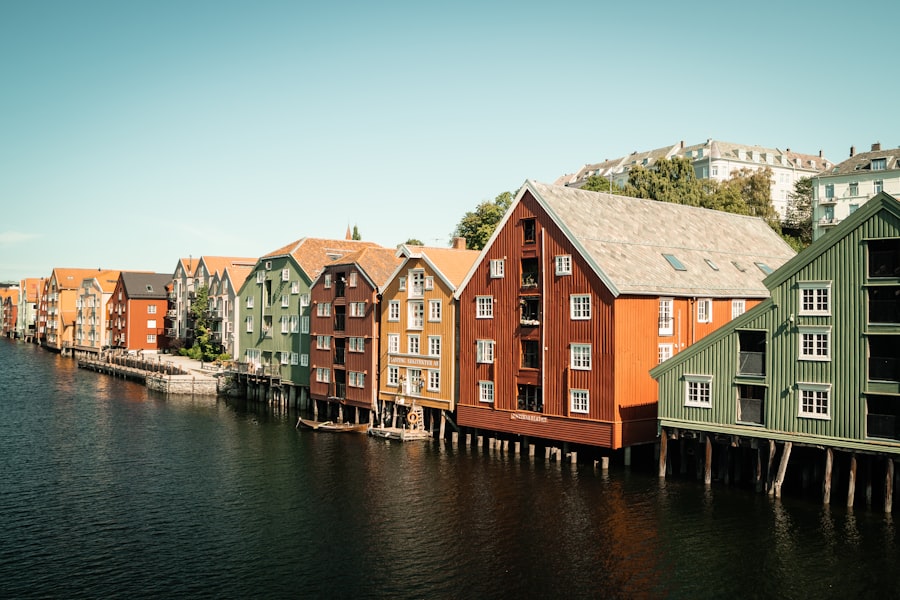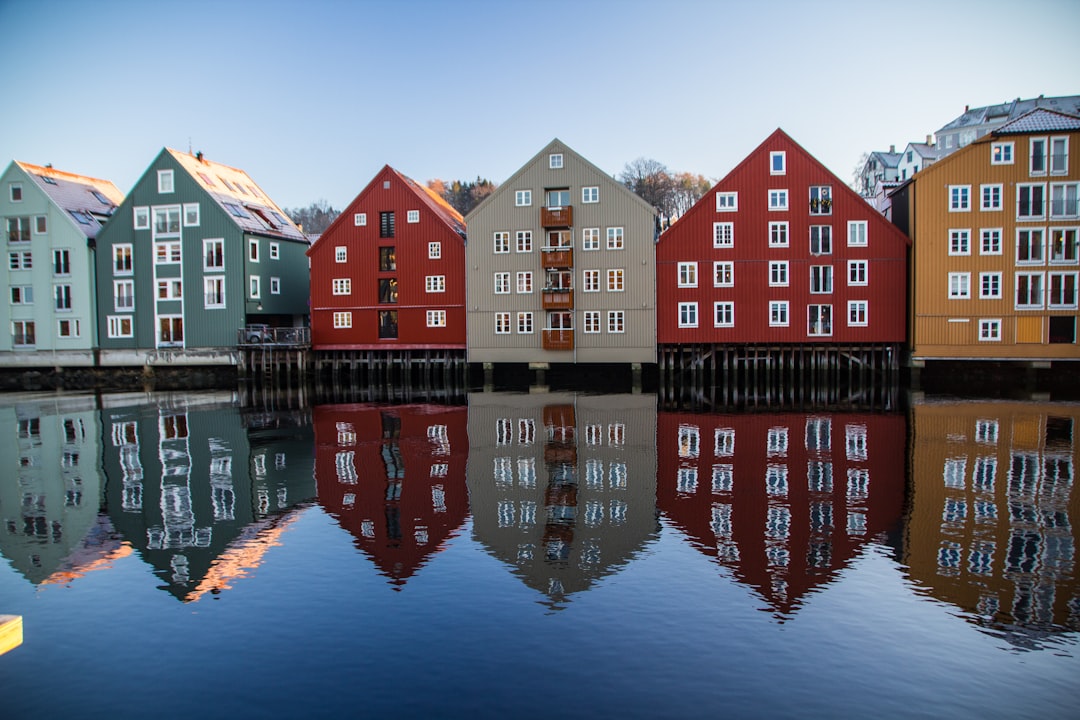A well-crafted CV is a crucial tool for anyone seeking employment in Norway. It serves not only as a summary of one’s professional journey but also as a reflection of one’s personality and suitability for a role. In Norway, the CV is often the first point of contact between a candidate and a potential employer, making it essential to present oneself effectively.
The primary purpose of a Norwegian CV is to showcase relevant skills, experiences, and qualifications in a clear and concise manner, allowing hiring managers to quickly assess whether a candidate meets the requirements of the position. Moreover, a Norwegian CV should be tailored to the specific job one is applying for. This means highlighting experiences and skills that align closely with the job description.
In a competitive job market, where many candidates may have similar qualifications, a well-structured CV can make a significant difference. It is not merely about listing past jobs; it is about telling a story that connects one’s background to the prospective role. This narrative approach can help candidates stand out and demonstrate their genuine interest in the position. Schedule a one-on-one consultation with our relocation specialists to simplify your move to Norway.
Summary
- The purpose of a Norwegian CV is to provide a comprehensive overview of an individual’s education, work experience, skills, and qualifications.
- Cultural differences in CV expectations in Norway include the preference for a chronological format and a focus on relevant work experience and skills.
- Including a photo in a Norwegian CV can help personalise the application, but it may also lead to potential bias in the hiring process.
- Legal considerations for including a photo in a Norwegian CV include adherence to anti-discrimination laws and data privacy regulations.
- A photo can impact hiring decisions by influencing first impressions and potentially leading to unconscious bias in the recruitment process.
Cultural Differences in CV Expectations
Understanding cultural nuances is vital when crafting a CV for the Norwegian job market. In Norway, there is a strong emphasis on egalitarianism and transparency, which influences how CVs are perceived. Unlike in some countries where embellishing achievements or using elaborate language may be acceptable, Norwegians value honesty and straightforwardness.
A CV that is overly verbose or filled with jargon may be viewed unfavourably. Instead, candidates are encouraged to be succinct and direct, presenting their qualifications in a manner that is both professional and approachable. Additionally, the structure of a Norwegian CV may differ from what candidates are accustomed to in other countries.
For instance, while some cultures favour lengthy CVs that detail every aspect of one’s career, Norwegian employers typically prefer concise documents that focus on relevant experience. This cultural expectation means that candidates should prioritise quality over quantity, ensuring that every piece of information included serves a purpose in demonstrating their fit for the role.
The Pros and Cons of Including a Photo

The decision to include a photo on a CV can be contentious, with both advantages and disadvantages to consider. On one hand, including a professional photograph can help personalise a CV and create a connection with the hiring manager. A well-chosen image can convey professionalism and approachability, potentially making the candidate more memorable.
In industries where personal branding is important, such as sales or marketing, a photo may enhance the overall presentation of the CV. Conversely, there are significant drawbacks to including a photo. One major concern is the potential for bias in the hiring process.
A photograph can inadvertently lead to assumptions about age, ethnicity, or appearance, which may influence hiring decisions in ways that are not related to qualifications or experience. Furthermore, some employers may prefer to focus solely on skills and achievements without the distraction of an image. As such, candidates must weigh these pros and cons carefully when deciding whether to include a photo in their Norwegian CV.
Legal Considerations for Including a Photo
In Norway, there are legal considerations surrounding the inclusion of photographs on CVs that candidates should be aware of. The country has strict anti-discrimination laws designed to promote equality in the workplace. These laws aim to prevent discrimination based on factors such as age, gender, ethnicity, and appearance.
As such, including a photo could potentially expose candidates to bias during the hiring process, which may contravene these legal protections. Moreover, employers are encouraged to adopt fair recruitment practices that focus on qualifications rather than personal characteristics. This legal framework suggests that candidates might be better off omitting their photos to ensure that their applications are evaluated solely on merit.
By doing so, they can help foster an environment where hiring decisions are made based on skills and experience rather than superficial attributes.
How a Photo Can Impact Hiring Decisions
The impact of including a photo on a CV can be profound, influencing hiring decisions in both overt and subtle ways. Research has shown that first impressions are formed within seconds of seeing an image, which means that a photograph can significantly shape how hiring managers perceive candidates before they even read their qualifications. A positive image can create an initial sense of trust and likability, while an unprofessional photo may lead to negative assumptions about the candidate’s seriousness or suitability for the role.
However, this influence can also work against candidates. If an employer holds unconscious biases related to appearance or demographics, these biases may cloud their judgment when reviewing applications with photos. Consequently, candidates who choose to include images may inadvertently disadvantage themselves if their appearance does not align with the employer’s preconceived notions of an ideal candidate.
Therefore, it is essential for job seekers to consider how their choice to include or exclude a photo may affect their chances of securing an interview.
The Role of Discrimination in CV Screening

Discrimination remains a significant issue in recruitment processes worldwide, including in Norway. Despite the country’s strong legal framework against discrimination, biases can still manifest during CV screening. When hiring managers review applications with photos, they may unconsciously allow personal biases to influence their decisions.
This can lead to qualified candidates being overlooked based on factors unrelated to their professional capabilities. To combat this issue, many organisations are adopting blind recruitment practices that remove identifying information from CVs during initial screenings. This approach aims to create a level playing field where candidates are evaluated solely on their skills and experiences without the influence of personal characteristics.
For job seekers in Norway, understanding these dynamics is crucial when deciding whether to include a photo on their CV.
Alternatives to Including a Photo
For those who are hesitant about including a photo on their CV due to potential biases or legal concerns, there are several alternatives to consider. One option is to focus on creating a strong personal brand through other means, such as crafting an engaging LinkedIn profile or developing an online portfolio that showcases work samples and achievements. These platforms allow candidates to present themselves professionally without relying on photographs.
Another alternative is to use visual elements within the CV itself without including an actual photo. For instance, incorporating colour schemes or unique formatting can help make a CV visually appealing while still maintaining professionalism. Additionally, candidates can emphasise their personal brand through well-written summaries or statements that convey their values and career aspirations without needing an image.
Tips for Choosing and Using a Professional Photo
If candidates decide that including a photo is beneficial for their CV, it is essential to choose an appropriate image that reflects professionalism and aligns with industry standards. A high-quality photograph taken by a professional photographer is often recommended; this ensures clarity and enhances the overall impression of the CV. Candidates should dress appropriately for the industry they are applying to and choose backgrounds that are neutral and non-distracting.
Furthermore, it is crucial to ensure that the photo conveys confidence and approachability. A genuine smile can go a long way in creating a positive impression. Candidates should also consider how their image aligns with their personal brand; for example, someone applying for a creative role might opt for a more relaxed pose compared to someone seeking employment in finance or law.
Industry-Specific Guidelines for CV Photos
Different industries have varying expectations regarding the inclusion of photos on CVs. In creative fields such as design or media, including an image may be more common and even expected as part of personal branding efforts. In contrast, more traditional sectors like finance or law may discourage photos altogether due to concerns about professionalism and bias.
Candidates should research industry-specific guidelines before making their decision about including a photo on their CV. Networking with professionals in their desired field or consulting industry-specific resources can provide valuable insights into what is considered acceptable practice within that sector.
Personal Branding and the Role of a Photo
In today’s competitive job market, personal branding plays an increasingly important role in career advancement. A well-chosen photo can contribute significantly to one’s personal brand by reinforcing professionalism and approachability. When candidates present themselves consistently across various platforms—such as LinkedIn profiles, personal websites, and CVs—they create a cohesive image that resonates with potential employers.
However, it is essential for candidates to ensure that their photo aligns with their overall brand message. For instance, someone aiming for a corporate role should avoid casual images that might undermine their professionalism. By carefully curating their visual representation alongside their skills and experiences, candidates can enhance their chances of making a lasting impression on hiring managers.
Making the Right Decision for Your CV
Ultimately, the decision to include a photo on a Norwegian CV is highly personal and should be made after careful consideration of various factors. Candidates must weigh the potential benefits against the risks associated with bias and discrimination while also taking into account industry norms and legal implications. For those navigating this complex landscape, seeking guidance from resources like the Norway Relocation Group can be invaluable.
They offer support tailored specifically for individuals relocating to Norway, helping them understand local customs and expectations in job applications. Additionally, enrolling in Norwegian courses at the NLS Norwegian Language School in Oslo can further enhance one’s employability by improving language skills and cultural understanding—key components for success in any job market. In conclusion, whether or not to include a photo on your CV requires thoughtful reflection on your personal circumstances and career goals.
By considering all aspects discussed above and utilising available resources effectively, you can make an informed decision that best positions you for success in your job search in Norway.
Register for a Norwegian class at the NLS Norwegian Language School now!

